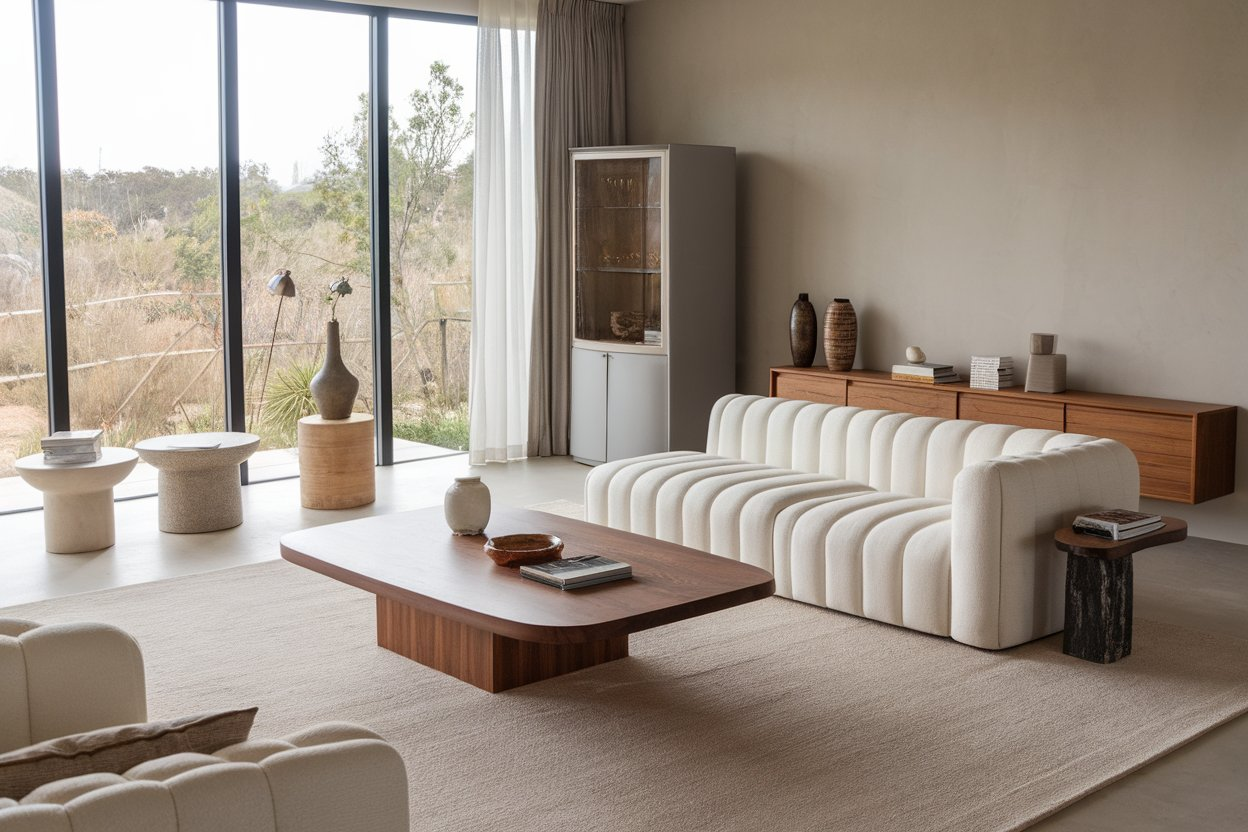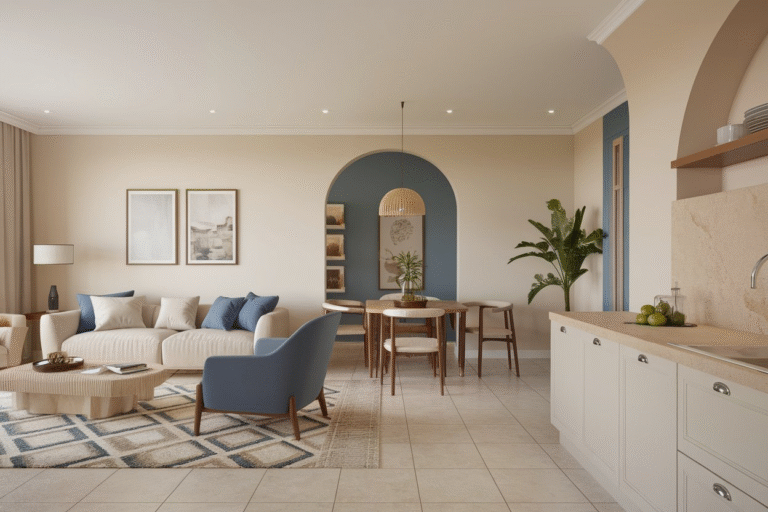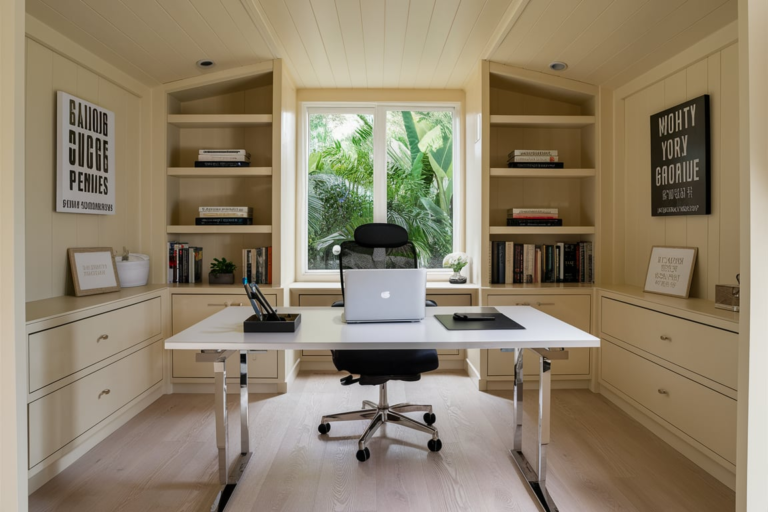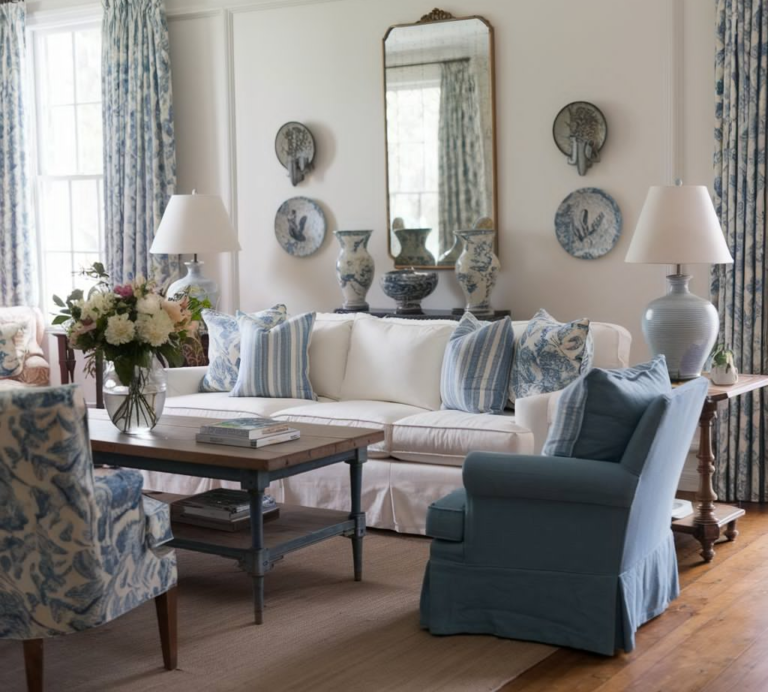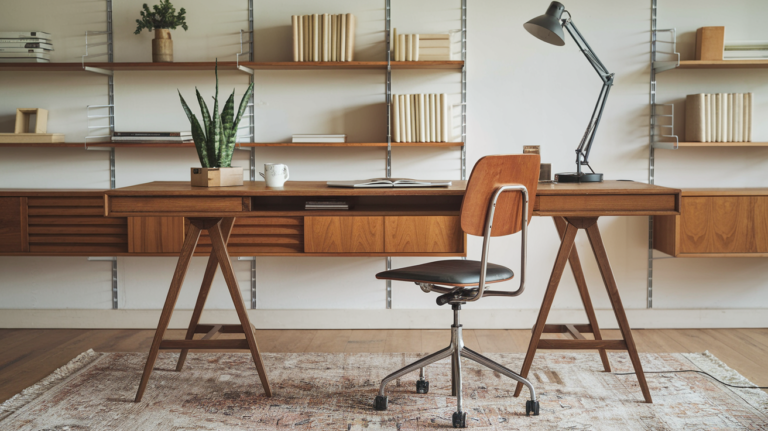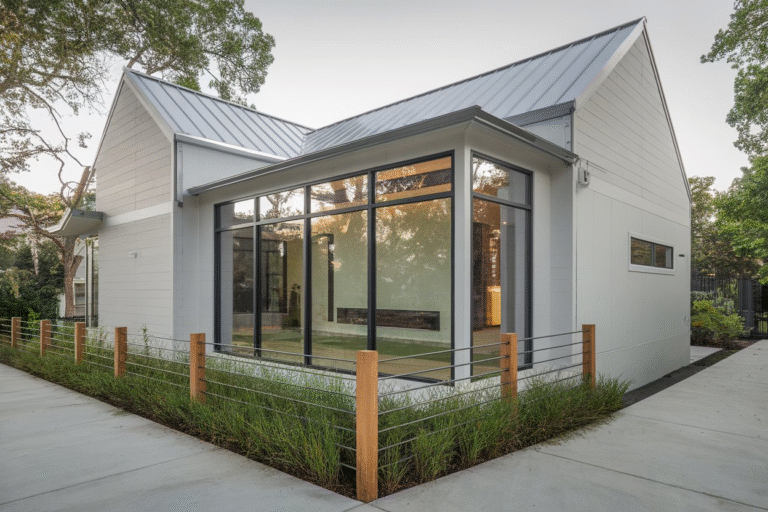24 Home Interior Design Ideas
Your home isn’t just a space—it’s a story you tell without speaking. The couch you curl up on, the rug under your feet, and even the way sunlight spills into your bedroom—it’s all part of your unique narrative. Whether you’re living in a cozy apartment or a spacious suburban retreat, your interior design should make you feel at ease, inspired, and maybe even a little proud.
These 24 home interior design ideas aren’t just Pinterest-perfect dreams—they’re actionable, grounded, and totally achievable. Consider this your personal treasure map to a more beautiful, functional, and soulful home.
1. Create a Focal Point in Every Room
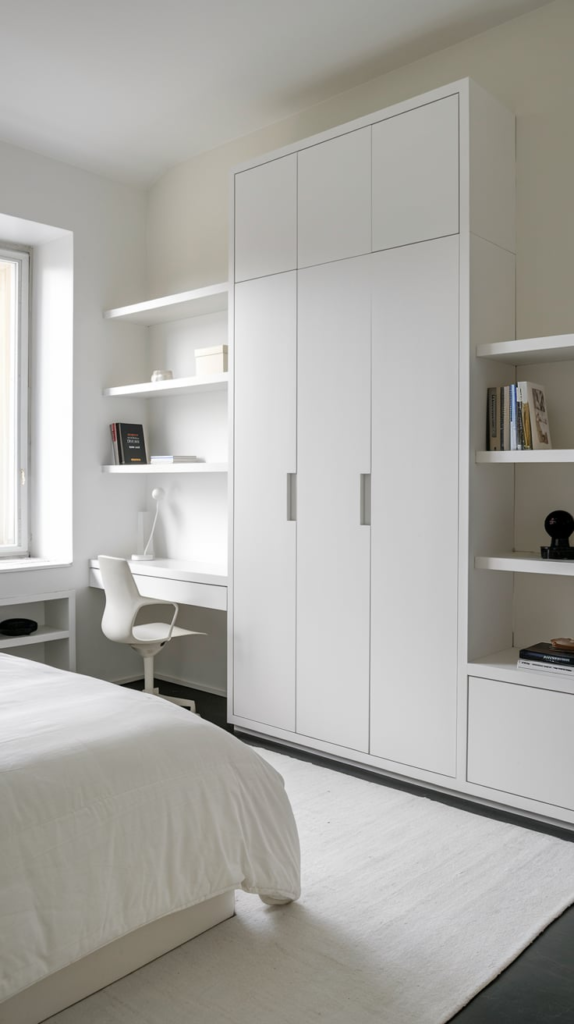
Think of a room like a great novel—it needs a strong protagonist. That’s your focal point. It could be a statement fireplace, an oversized piece of art, or even a dramatic light fixture.
When I moved into my first apartment, all I had was a scratched-up coffee table and a couch with history. I found a large abstract canvas on sale and—boom—it pulled the whole living room together like a plot twist in chapter three.
2. Layer Lighting Like a Stylist
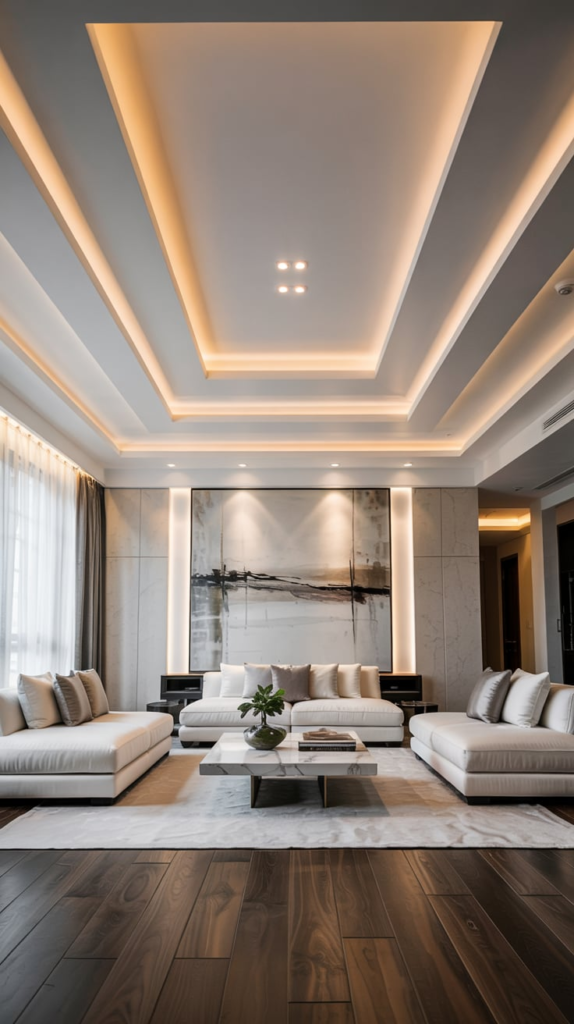
Great lighting is like seasoning in a recipe—it makes or breaks the dish. Don’t rely on a single ceiling fixture. Instead, layer: ambient (overhead), task (reading), and accent (decorative).
Use floor lamps, sconces, and pendant lights to create cozy corners and dramatic moods. Lighting isn’t just functional—it’s the secret sauce that elevates your space from “meh” to magical.
3. Embrace Texture, Not Just Color
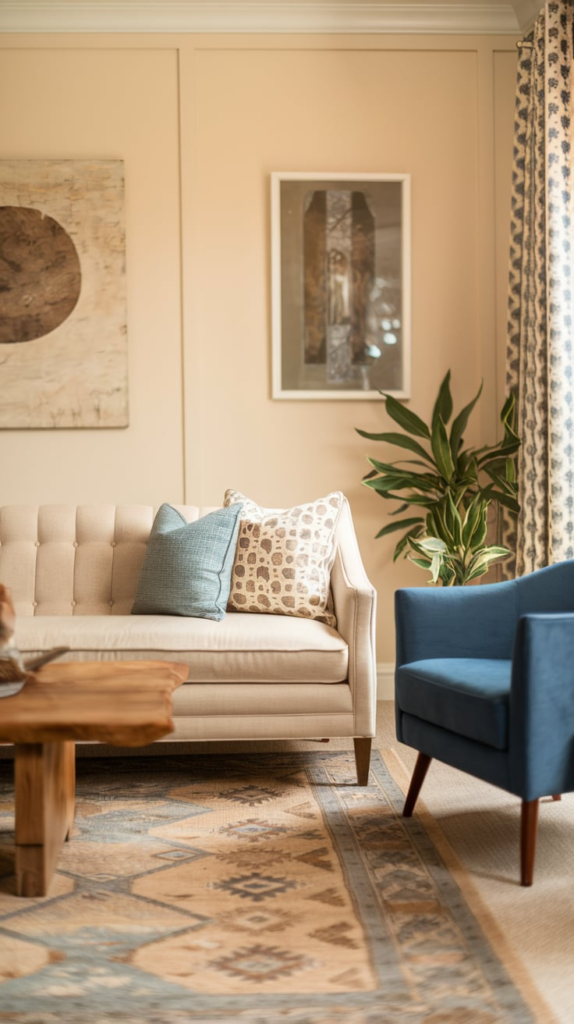
Everyone talks about color, but texture is the unsung hero of interior design. Pair smooth velvet with rough jute, or glossy ceramics with soft linen. It adds depth and interest even in a neutral palette.
In my guest room, I mixed a chunky knit throw with a velvet chair and a sleek brass lamp. It’s like a visual charcuterie board—a bit of everything, and somehow it works.
4. Mix Old with New
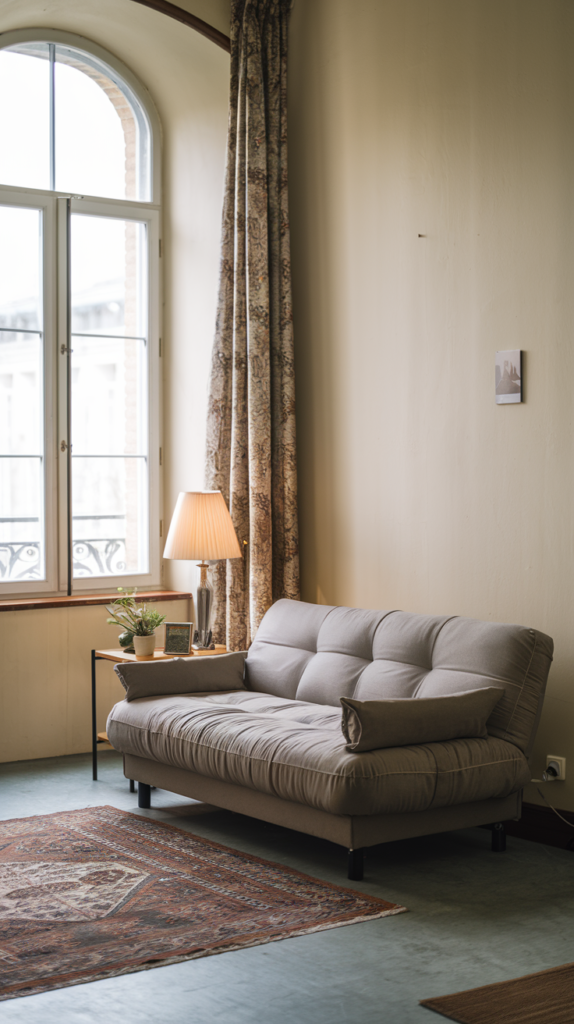
Don’t be afraid to marry eras. A sleek, modern couch can coexist beautifully with a vintage rug or an antique sideboard. Mixing old and new creates a space that feels lived-in and authentic.
At my grandmother’s house, a mid-century Eames chair sits proudly next to a Victorian dresser. It’s like watching a band where the guitarists are from different decades—but the music’s still good.
5. Use Mirrors to Open Up Space
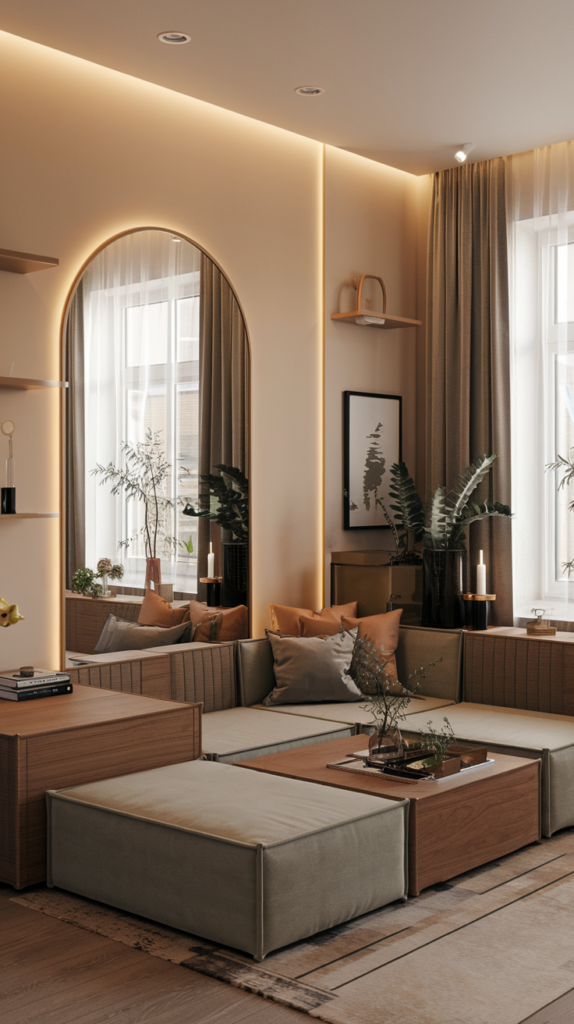
Mirrors aren’t just for checking your hair. A well-placed mirror can make a small room feel spacious and bounce natural light around like a disco ball.
Try placing a large mirror across from a window or above a console table. It’s a magician’s trick that always works—no wand required.
6. Paint with Purpose
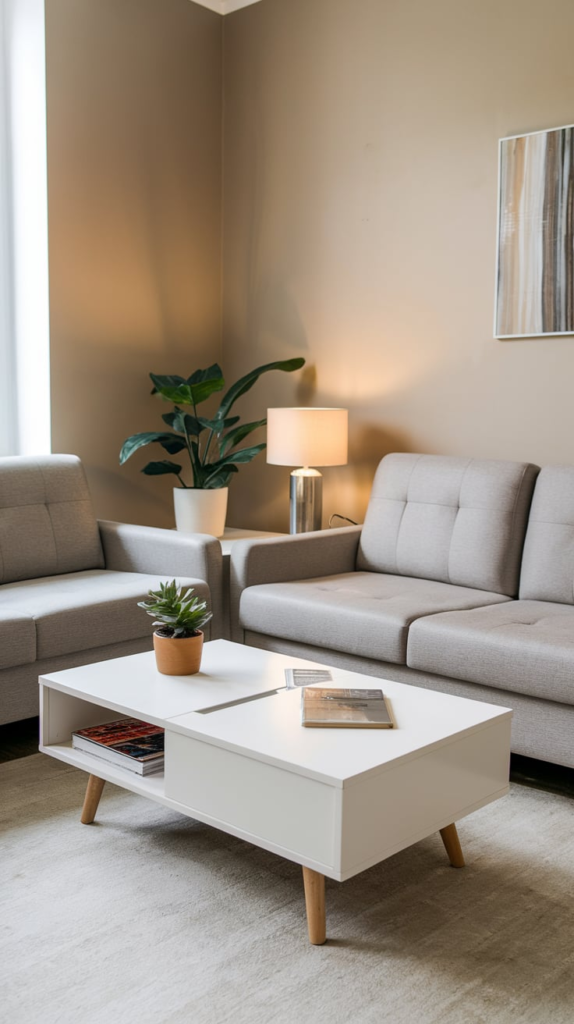
Color can shift a room’s mood faster than a plot twist. Choose soft hues for serenity, or go bold with a moody navy or forest green for drama.
Pro tip: Test swatches at different times of day. That buttery beige may look like a soft dream in the morning, but a yellow horror under evening light.
7. Bring in Natural Elements
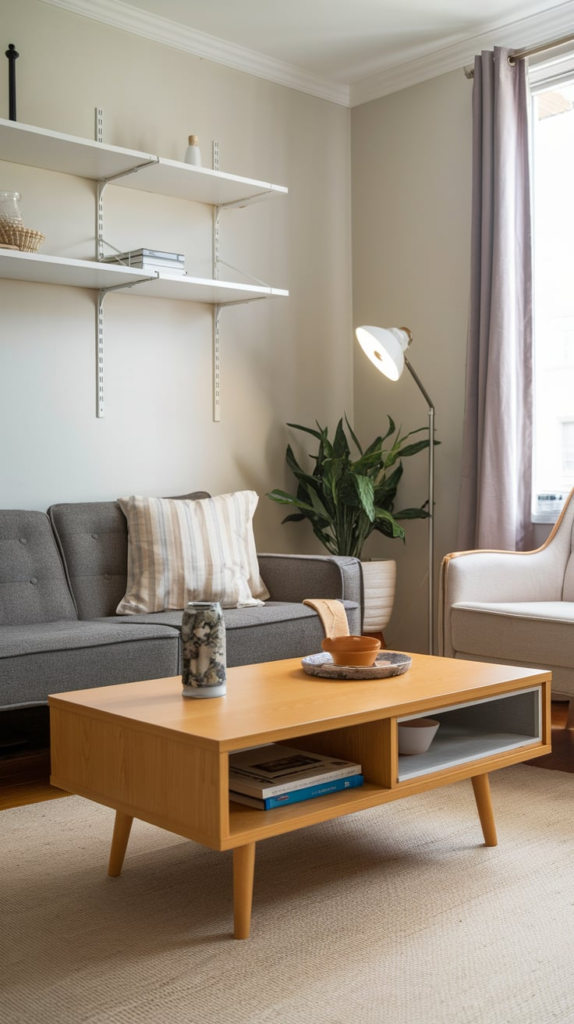
Mother Nature knows her stuff. Introduce wood, stone, plants, or woven materials to add warmth and balance to your interiors.
I once added a fiddle leaf fig in a bare corner, and suddenly the room felt alive. Like it could breathe again.
8. Rethink Your Layout
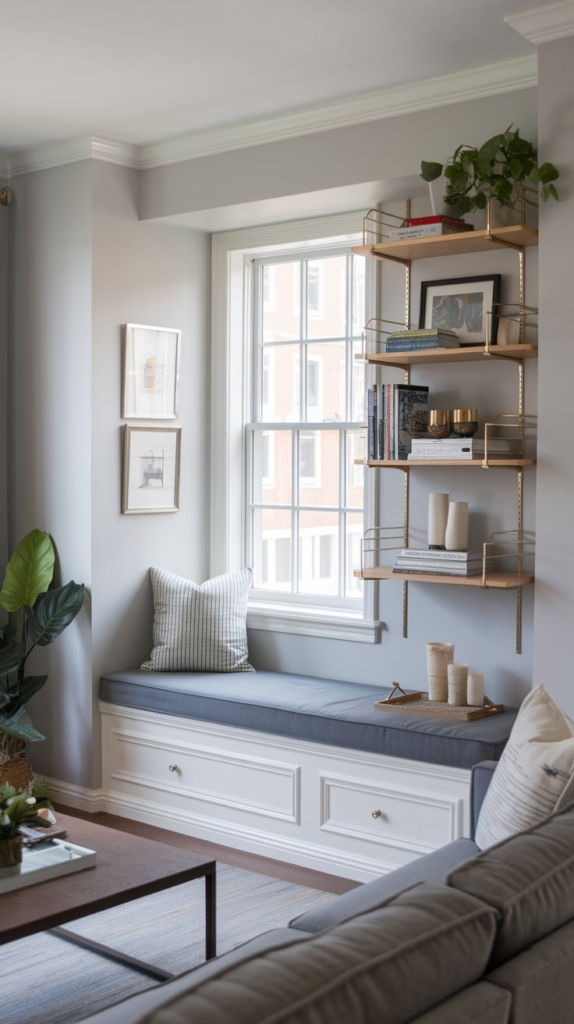
Don’t get stuck in the default furniture layout. Play with positioning. Try floating your sofa instead of pushing it against the wall or angle chairs for a conversational nook.
Once I moved my dining table three feet to the left, and it was like the room exhaled. It’s wild how a few inches can change the whole vibe.
9. Go Bold in Small Spaces
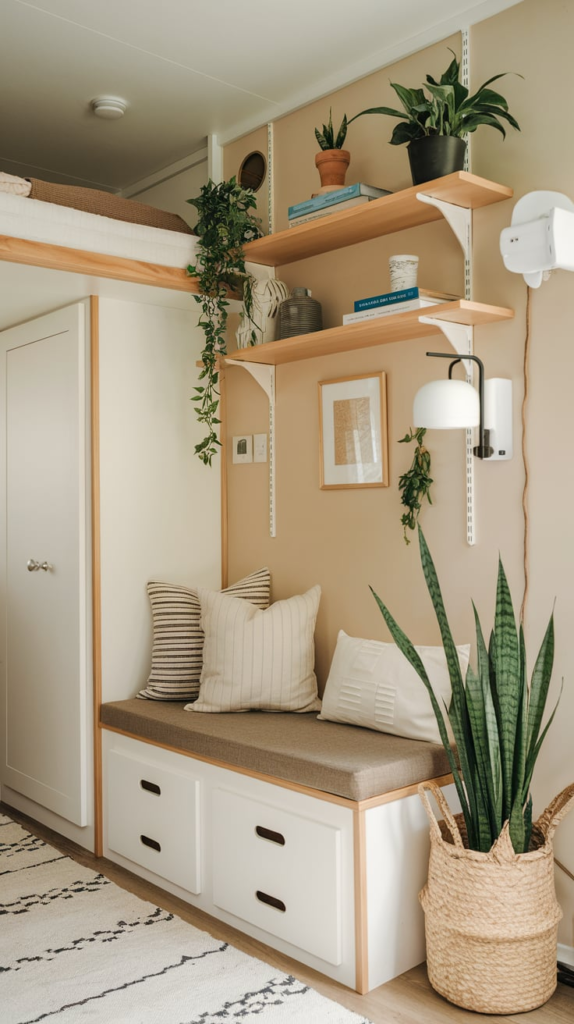
Think powder rooms, entryways, or reading nooks. These are perfect places to be daring. Try dark paint, patterned wallpaper, or bold tile.
A client of mine covered a tiny half-bath in jungle print wallpaper. Now it’s everyone’s favorite room—yes, the bathroom.
10. Add Statement Art
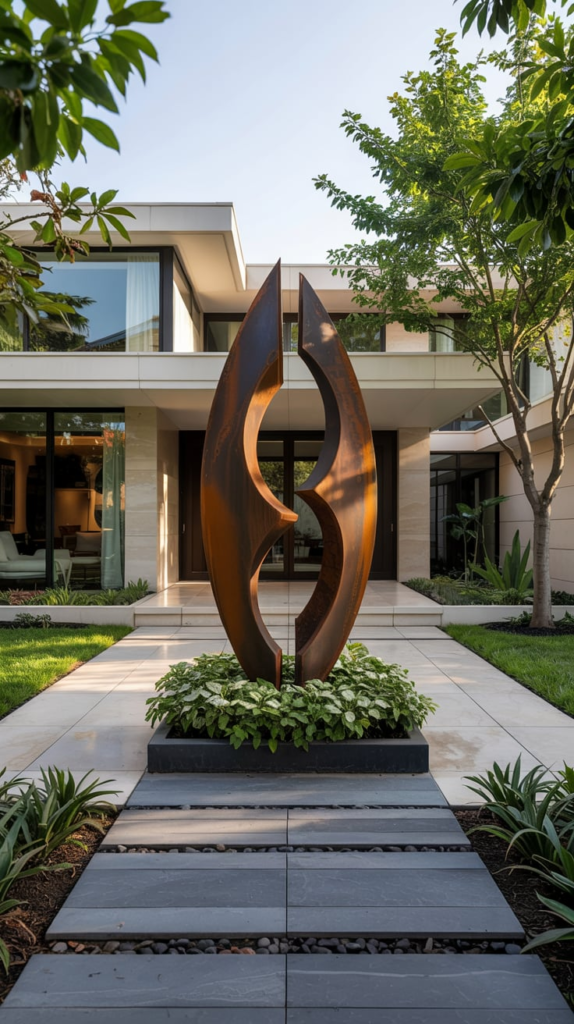
No need to invest thousands—big, bold artwork (even DIY or prints) gives your room personality and depth. One large piece often works better than a dozen small frames.
Art isn’t just for museums. Your living room can be a gallery—and you’re the curator.
11. Create Zones in Open Spaces
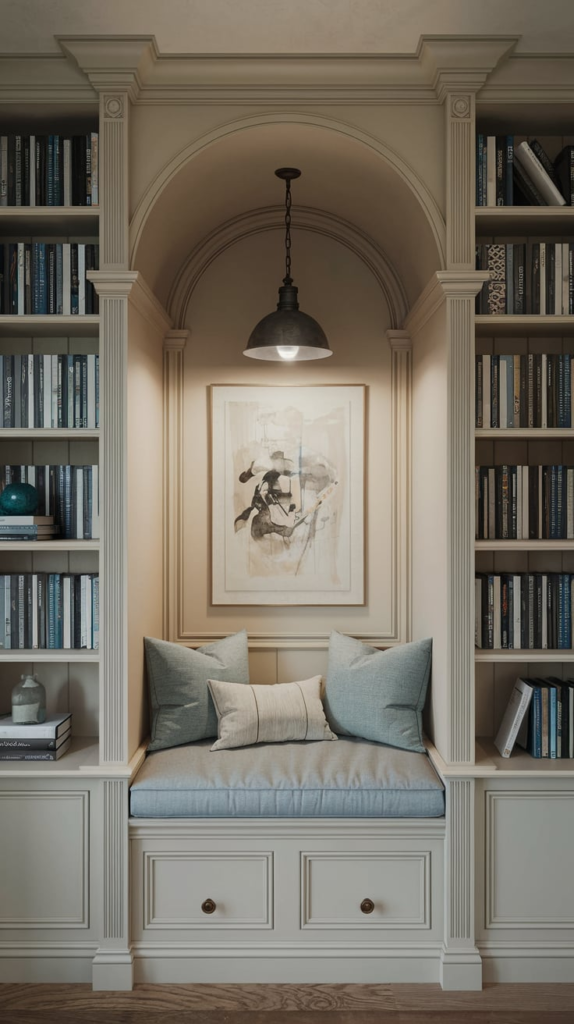
If you have an open-plan layout, define areas with rugs, furniture placement, or lighting. This creates a sense of purpose and flow.
In one open studio, I used a bookshelf as a divider between the bedroom and living space. Instant coziness and privacy, without losing that airy feel.
12. Pay Attention to Ceilings
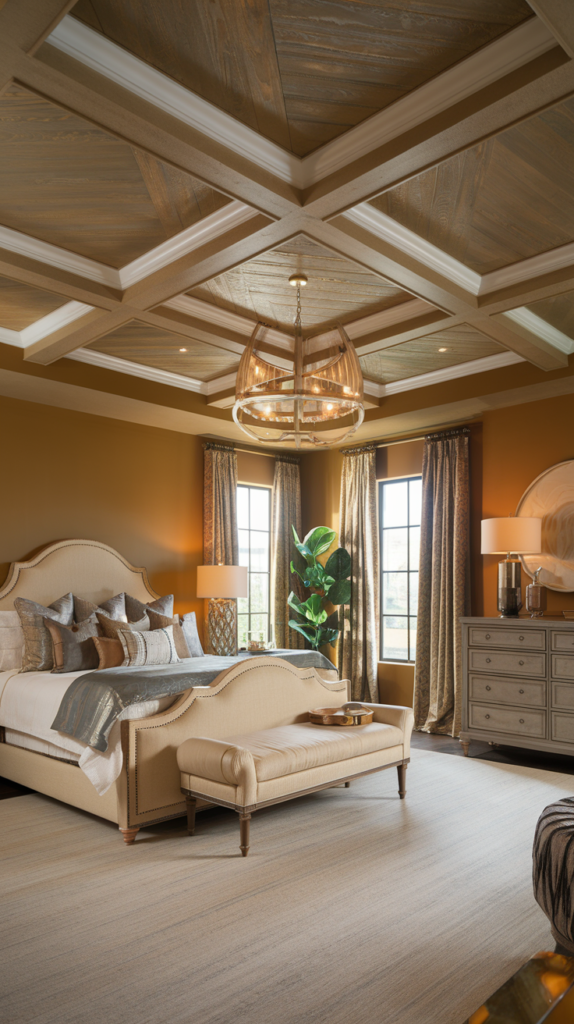
Ceilings are the fifth wall, but so often ignored. Try a coat of soft color, exposed beams, or even wallpaper to draw the eye upward.
I once painted a ceiling in blush pink, and it was like adding a cherry on top. Subtle, but delightfully surprising.
13. Let Your Personality Shine
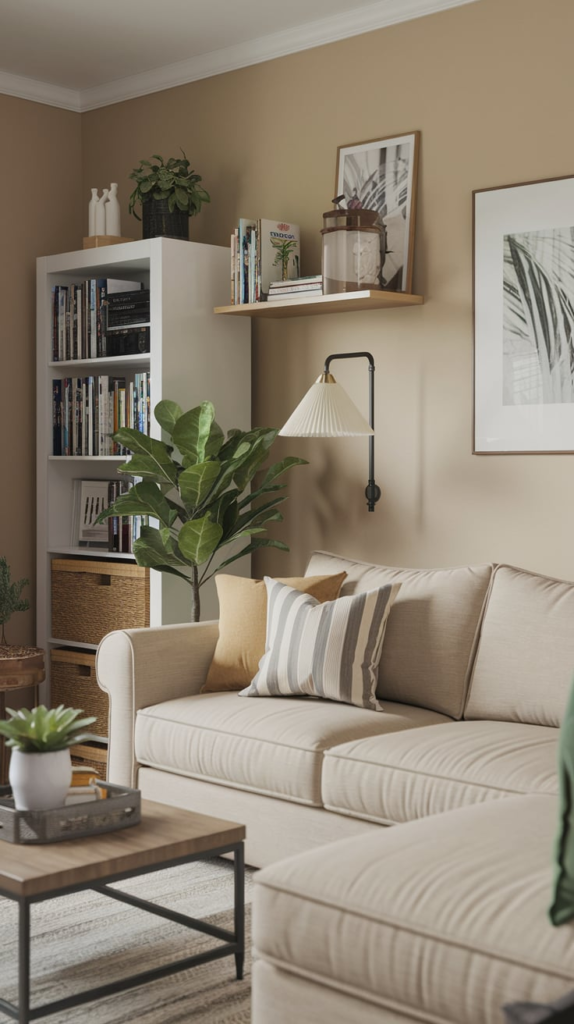
Your space should tell your story. Display your travel souvenirs, quirky flea market finds, or DIY art. Forget trends if they don’t speak to you.
My own shelves hold a ceramic fox, a sand-filled bottle from Santorini, and a stack of design books. It’s a little odd, a little personal—and completely mine.
14. Opt for Multi-Functional Furniture
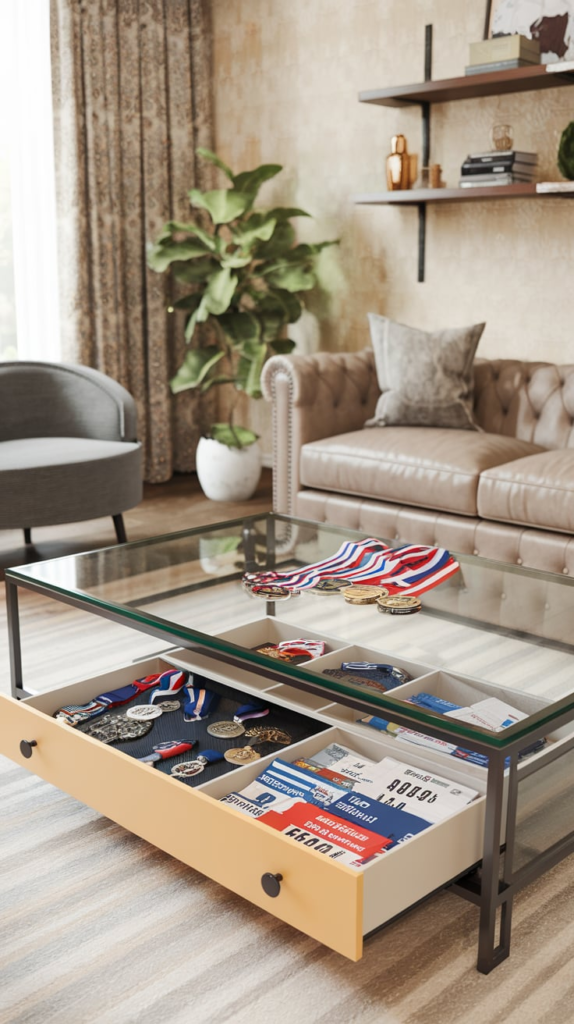
Especially in small homes, choose pieces that work hard. Think ottomans with storage, sofas that turn into beds, or extendable dining tables.
Like a superhero in disguise, this kind of furniture saves space and looks good doing it.
15. Create a Reading Nook
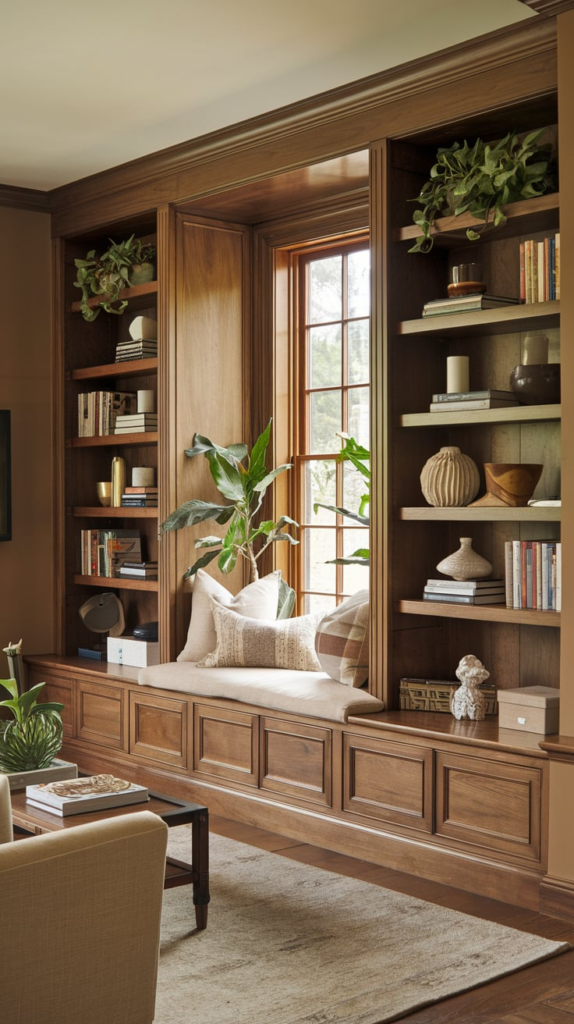
Even if you’re not a daily reader, having a dedicated cozy corner adds charm. All you need is a comfy chair, a soft throw, and a side table for your tea or whiskey.
It’s like a hug in furniture form—you’ll wonder how you lived without it.
16. Don’t Skimp on Window Treatments
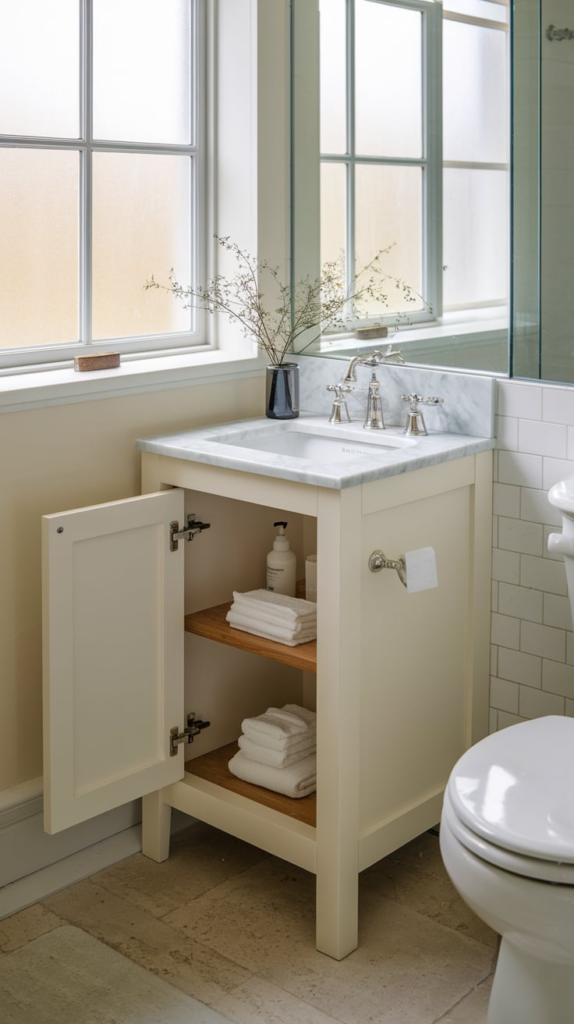
Bare windows can make a room feel incomplete. Curtains or blinds add softness, privacy, and control over light.
I once swapped basic blinds for long, flowing linen curtains, and it changed the entire energy. Suddenly, the room whispered: “Stay a while.”
17. Go Green with Plants
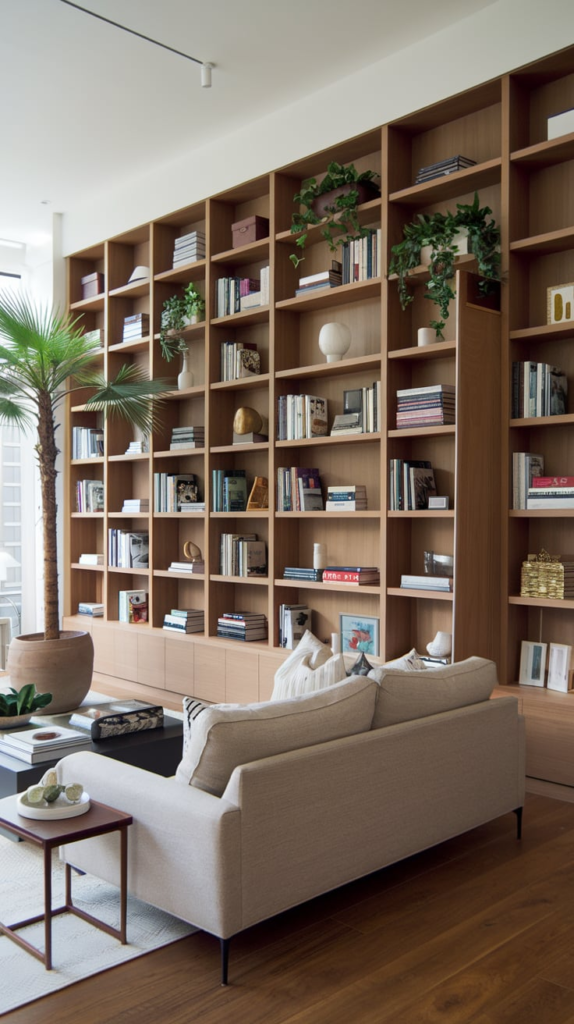
Plants purify the air and add that lush, lived-in feel. Mix sizes: a large floor plant, a few small pots on shelves, and hanging greenery near windows.
And if your thumb is more black than green, no shame—realistic faux plants have come a long way.
18. Curate, Don’t Clutter

More stuff doesn’t mean more style. Focus on curation over accumulation. Keep what you love, and let the rest go.
I once decluttered my living room and realized I didn’t miss a single thing. It’s like pruning a tree—you make space for growth.
19. Prioritize Comfort
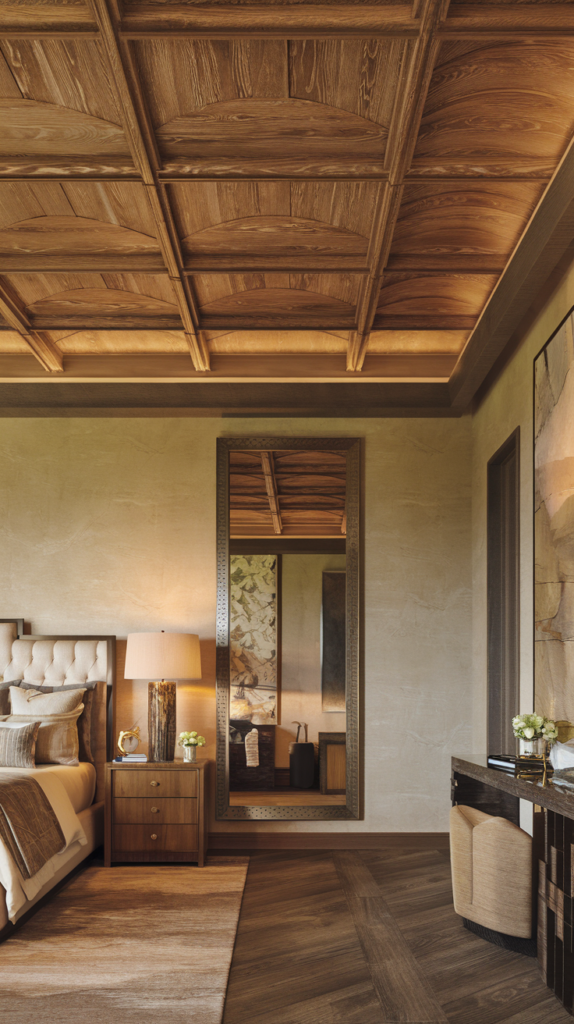
Design is nothing without comfort. Go for plush rugs, layered bedding, soft throws, and chairs that hug your body.
Beautiful doesn’t have to mean stiff. Think of your home as a well-worn leather journal, not a museum.
20. Make Use of Vertical Space
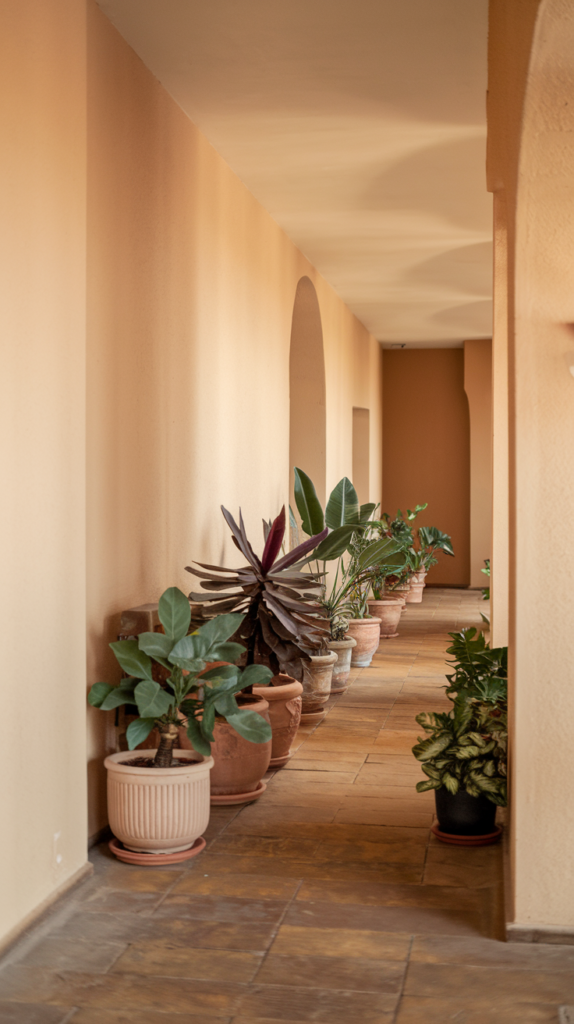
Don’t ignore your walls. Install floating shelves, tall bookcases, or gallery walls to draw the eye upward and store beautifully.
In my kitchen, I hung a pegboard for pans and tools. It’s practical—and kind of artsy in a “chef lives here” way.
21. Lean into Negative Space
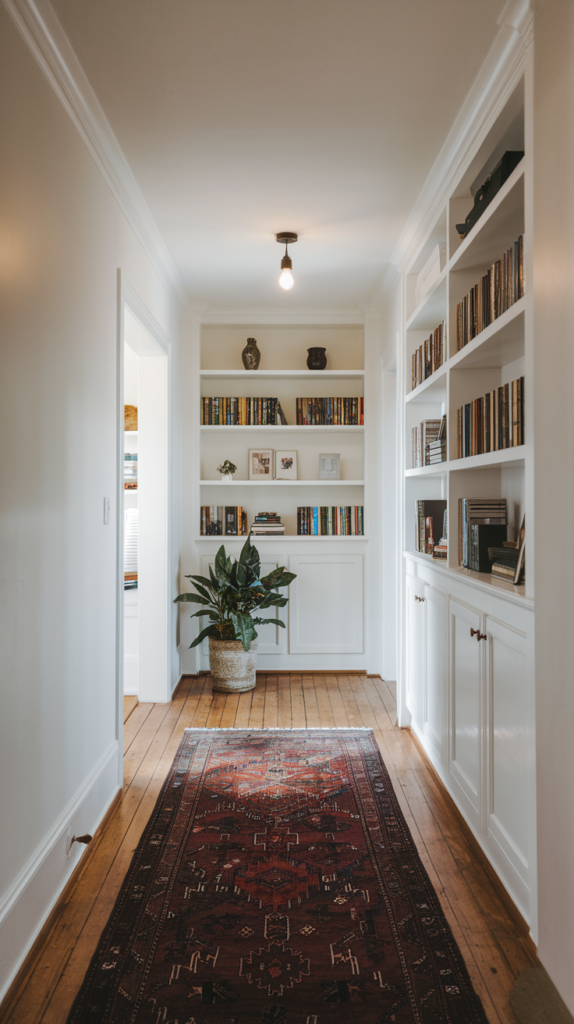
Don’t feel the need to fill every corner. Let rooms breathe. Negative space is part of the design—it gives the eye a place to rest.
Like a good conversation, it’s not just about what’s said, but also the pauses in between.
22. Think in Layers
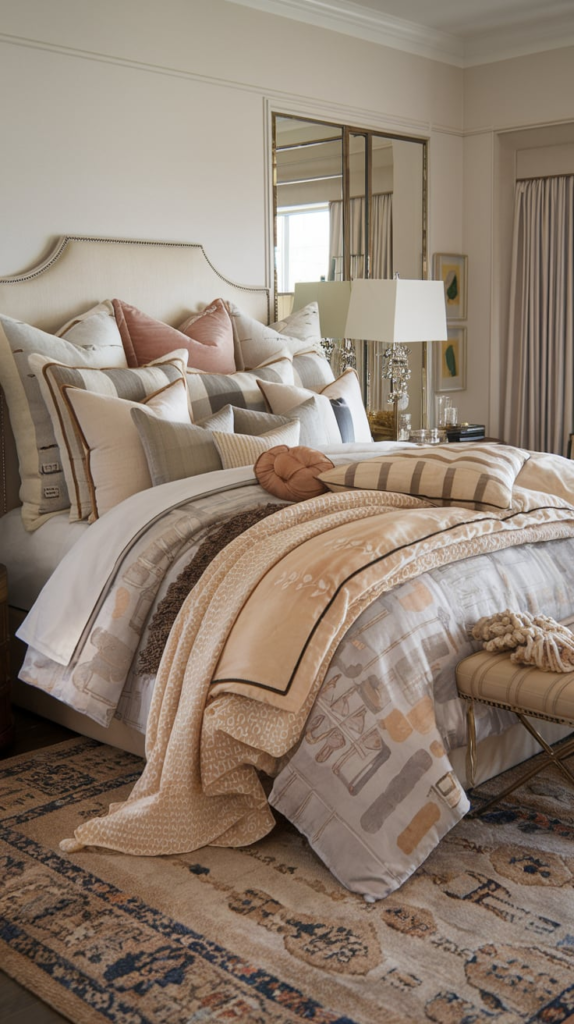
From furniture to fabrics to accessories, layer your design. Start with basics (like a sofa), then add textures (pillows, throws), then decor (books, vases).
It’s the lasagna method—one layer at a time, and always satisfying.
23. Make Entryways Count

First impressions matter. Use your entryway to set the tone with a console table, mirror, hooks for bags, or a cute rug.
Even if it’s just a small hallway, you can make it say, “This home has soul.”
24. Trust Your Instincts
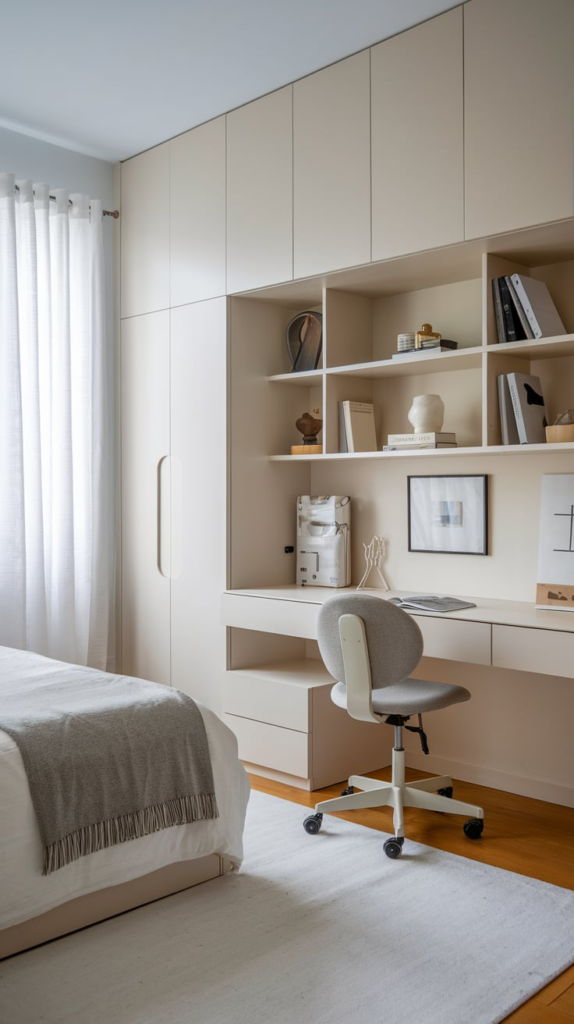
You don’t need a degree in design. Your gut knows what feels right. If a piece brings you joy, it belongs. If a color soothes your soul, paint the whole wall with it.
Interior design isn’t a test—it’s a love letter to your life.
Conclusion
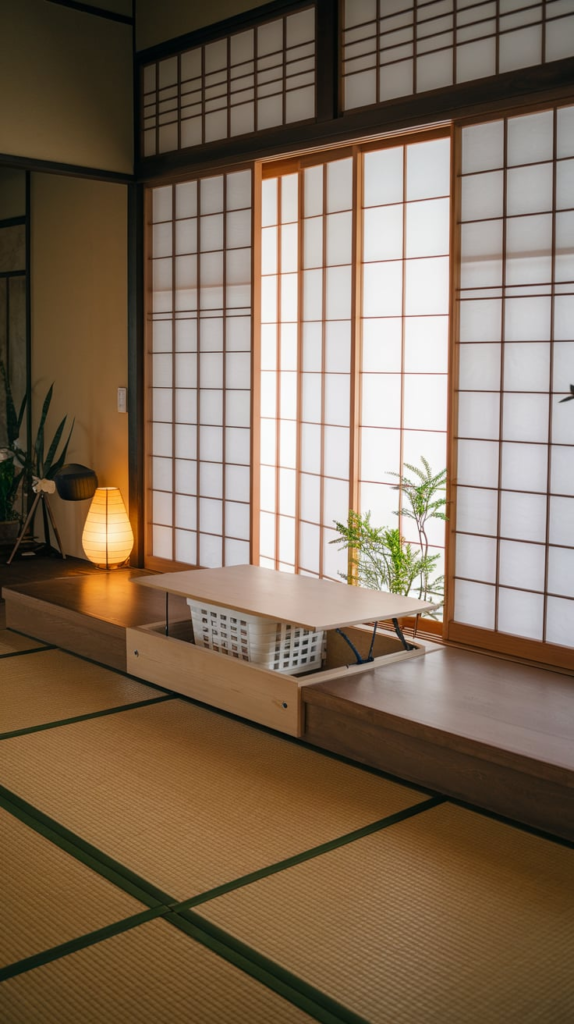
Great design doesn’t demand deep pockets or perfection. It asks only for intention, curiosity, and a dash of courage. Whether you’re revamping a single room or just moving a chair two feet to the left, you’re shaping a space that tells your story.
Remember, your home should feel like a warm hug—not an intimidating showroom. Let it grow with you. Let it evolve. And above all, let it reflect who you truly are.
